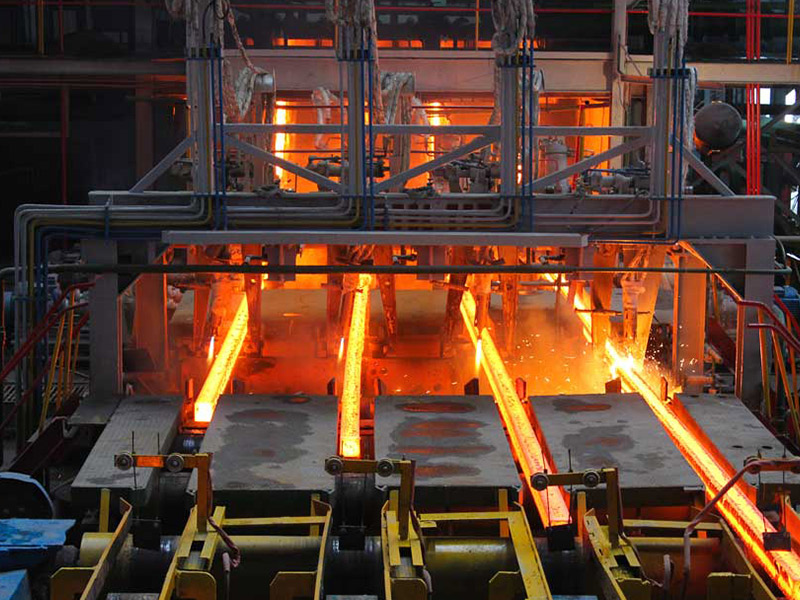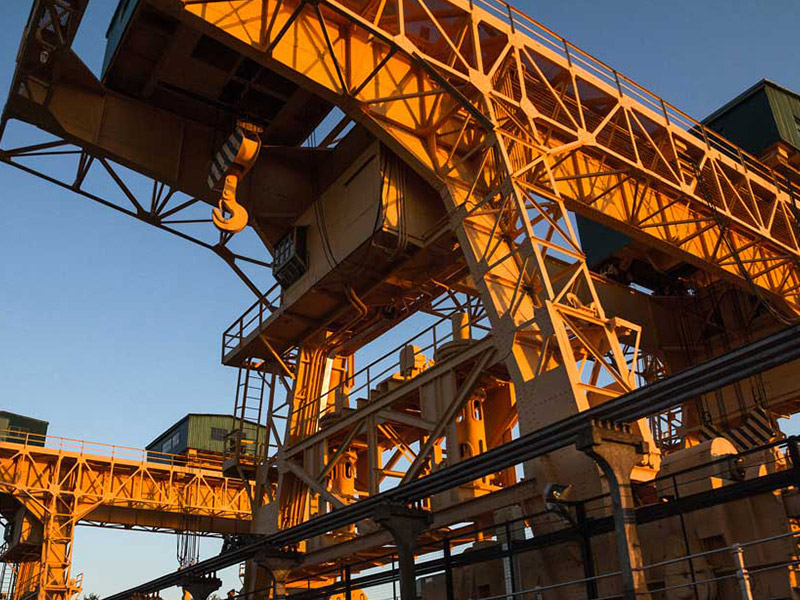Grain Flows - usually form in relatively dry material, such as a sand dune, on a steep slope. Coastal Systems: How Mass Movement Affects the Coastline Soil creep is a process operating at the granular scale. Answer (1 of 3): Differences between soil creep,soil flow and land slides: 1)soil creep is continuous whereas soil flow and land slides are seasonal and not regular 2)soil creep is due to the gradient of the hill and the effect of gravity; soil flow is due to the freeze-thaw activity in the are. Like a concrete column getting more compressed, or a beam bending. (ii) Temperature change causes soil particles to expand and contract, hence they shift position . Still, as we shall see, water plays a key role. The top of the soil layer moves faster than the soil . It more or less uniformly affects the whole thickness of the soil rather than collecting in certain areas. Why does slump occur? Soil creeps. Rock falls, slumps, and debris flows are all examples of mass wasting. Answers. A slump is a form of mass wasting that occurs when a coherent mass of loosely consolidated materials or a rock layer moves a short distance down a slope. Evidence for creep is often seen in bent trees, offsets in roads and fences, and inclined utility poles (see figure 16.2c in your text). The rate of creep (given by the geometric mean of the movement of 14 thin plastic tubes) was 1.1 cm!yr at the surface or, in terms of volumetric movement, 3.2 cm3j em!yr. causes and measure the rate of soil creep in a small valley in the Southern Alps, New Zealand. Large volumes of sediment can also be introduced to streams during mass movements such as landslides, debris flows, and rock falls. The amount of creep caused by one rainfall has a positive correlation with the amount of rain and increase in soil moisture. Hillslope sediment enters streams via gradual processes of slope erosion that occur through slope wash, soil creep, rill erosion, and other movements of individual sediment particles. Soil Creep. Soil creep refers to the slow downward movement of weathered materials or soil materials down a gentle slope. Typical velocities are less than a centimeter each year. Even soil covered with close-knit sod creeps downslope, as indicated by slow but persistent tilting of trees, poles, gravestones, and other objects set into the ground on hillsides. Rain splash may release soil grains that fall further downslope. Soil creep is the very slow (inches/year), steady, downward movement of soil . Fault creep is aseismic fault slip that occurs in the uppermost part of the earth's crust during the time interval between large stress-releasing earthquakes on a fault or as "afterslip" in the days to years following an earthquake. . Recognize the signs of soil creep 7. The soil continues to be lubricated and it eventually flows over the cliff face and down onto the shore at a fast speed. How do I stop creep? - AskingLot.com The effects of soil creep can be seen on the landscape. It happens on gentle slopes and is noticeable from the wavy surface it produces. (i) Freezing of soil water expands the spaces between soil particles. But you can see the effects of creep in objects such as .
 hydraulischer seilausstoß
hydraulischer seilausstoß
 karibu gartenhaus lidl
karibu gartenhaus lidl
 wohnen auf dem campingplatz berlin
wohnen auf dem campingplatz berlin